Flexibility…mindsets, new ways of working and the office
There is a tidal wave of enthusiasm for a new way of working post COVID. There has been an almost universal realisation that working away from home supports productivity and wellbeing better than many office environments. While this should certainly make us reconsider the experience the office provides, there is no doubt that the home environment can deliver experiences that shared workspaces cannot.
With working from home expected to be an integral part of many people’s work lives, how organisations decide to approach flexibility is key to a successful long-term strategy.
Old vs new mindsets
While flexible working is not a new concept, many organisations have treated flexible working as a formalised privilege for those in specific circumstances. It is limited, controlled and sometimes treated with suspicion.

Consider a traditional flexible work policy. These are often lengthy documents, full of legal references, strict process and defined situations when flexible working might be acceptable. The underlying assumption is that work happens in the office, between standard hours and that exceptions are hard fought privileges. It is a document that is all about monitoring and control, and nothing to do with trust and outcomes.
With the long-term transformation of employees working many more hours away from the watchful eye of their manager, this traditional approach becomes increasingly difficult to maintain.
Now imagine a new way of thinking. Employees are trusted adults with clear expectations and deliverables; they are part of a team that share common goals and support each other. They work for an organisation with a clear purpose. They communicate regularly and see each other occasionally. They are rewarded for outcomes and not for time in the office or in front of their computer. They change schedules and locations when needed.
This flexible mindset can be revolutionary for the workplace, and yet outside of work it is how we live. We don’t require that cooking dinner takes 45 minutes between 6pm and 7pm; we know that is not the secret to a great culinary experience. And certainly, being a good parent isn’t restricted to 8 hours work a day (if only). If we can behave as responsible adults outside of work, what makes the workplace any different?
Making flexible mindsets work
Flexible working is not all about the individual, rather it is a balancing of priorities of people, teams and the broader organisation. It is certainly not about lone wolves pursuing their own agenda at the expense of the broader team objectives… but it does involve a mindset shift and working a bit differently.

The flexible mindset assumes good intentions towards our colleagues and starts with trust. It focuses on outcomes, not face time. It is team focused and decisions on the best place to work balance team and individual needs. It knows flexibility is different for everyone and how we work changes over time.
But it is not just how we think, it means doing things differently too. Here are some tips to make it work:
- Set clear expectations and accountability mechanisms – define outcomes, maintain accountability and reward what is delivered. Whether this is about outputs or behaviours, clarity is essential, and frequency of check-in may need to increase.
- Communicate often – create a communication rhythm and one or more channels to keep people connected and informed. This often means weekly or monthly team meetings that run for hours are replaced with short, focused, daily huddles. And lengthy emails can be replaced with group chat channels.
- Face to face time – ensure people still have time together in a purposeful way. Scheduling regular team days to connect, collaborate and socialise can mean that coming to the office both is energising and productive.
While trust is at the core of true flexibility, the creation of parameters which ensure results are delivered, people stay connected and informed and people make the most of time together means that flexible working is not a privilege but rather an approach that drives performance.
The Office
We know from Leesman research in 2020 that the appetite for returning to the office is strongly related to how well the office supports individual and collaborative work, as well as overall quality of the workplace experience.

An office which supports flexibility looks very different to a traditional workspace. There is a shift from the personal to the shared, from the individual work point to the team neighbourhood. The office becomes a place which supports key activities whether it be team collaboration, working side-by-side, social activities or focus work. It is where we come to be energised and connect and to be part of something bigger than ourselves.
Embracing a new flexible way of working goes beyond a day or two working from home, it is about enabling people to make good choices and deliver their best work. It means providing great work environments and the right level of support and accountability to deliver results.
Like to learn more?
How are you approaching the flexible mindset in your workspace? If you would like to learn more about how we can assist you with your next project, get in touch today!

/Cap%20Stats/workplace-strategy-guide-blog.jpg)
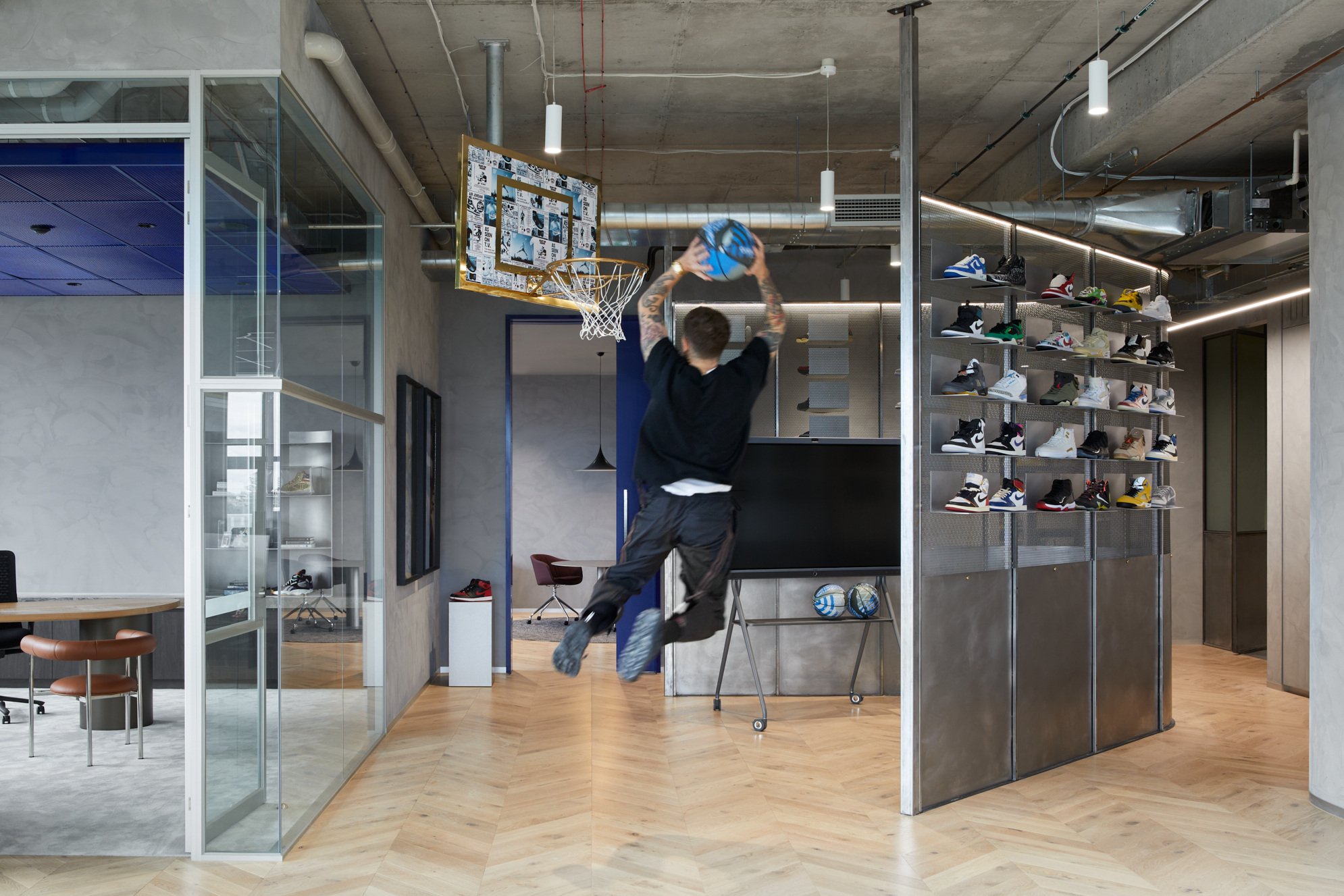
-2.jpg)
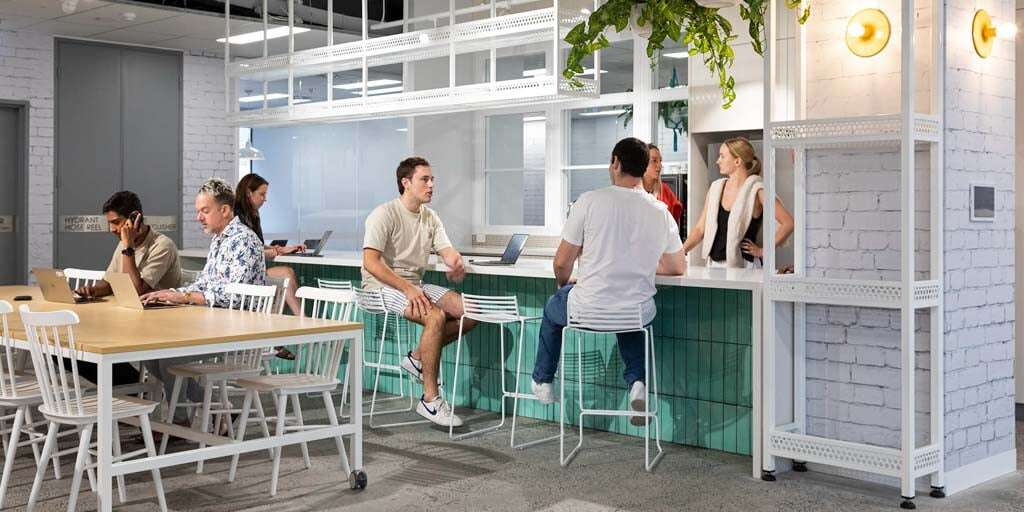
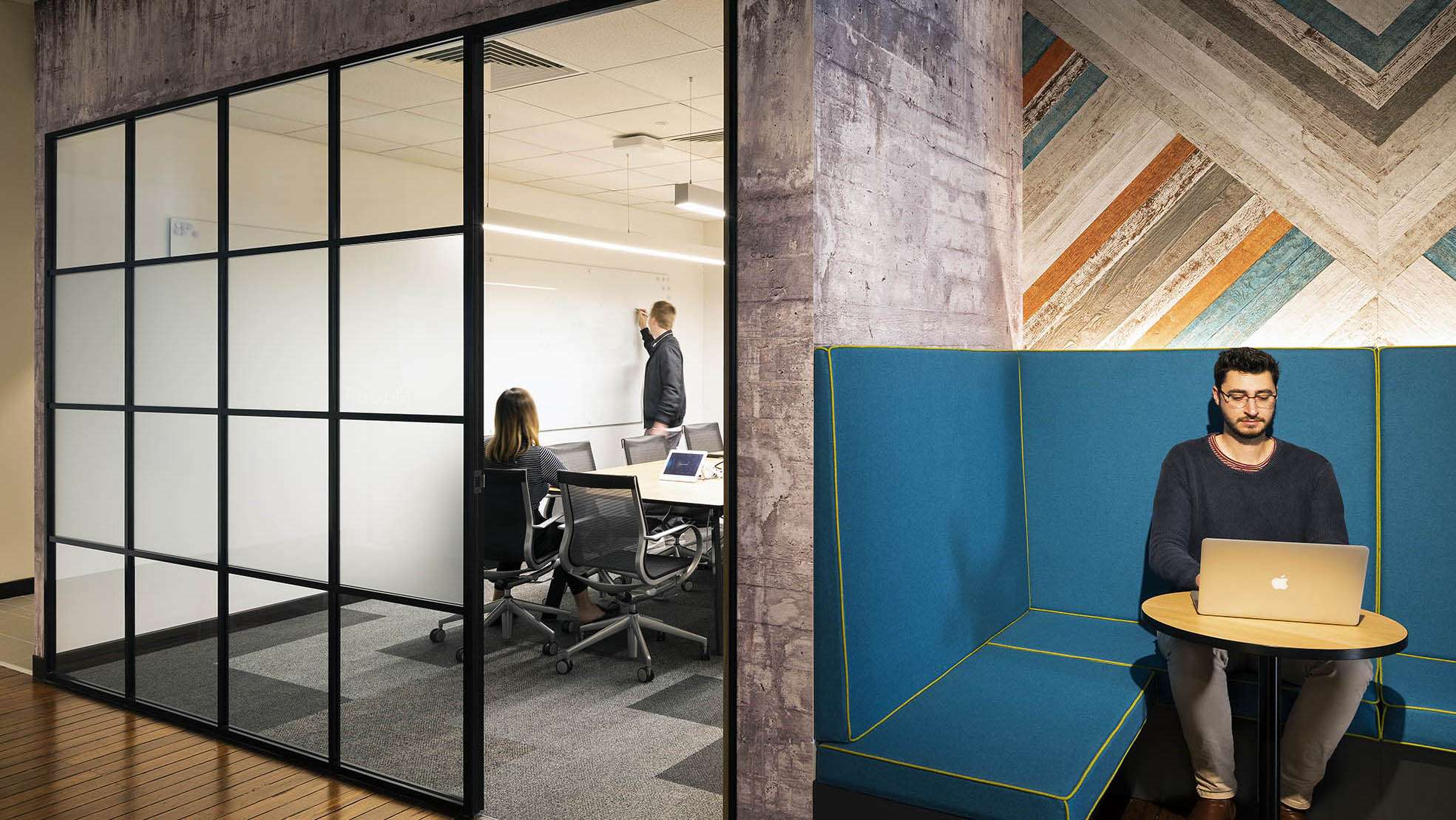
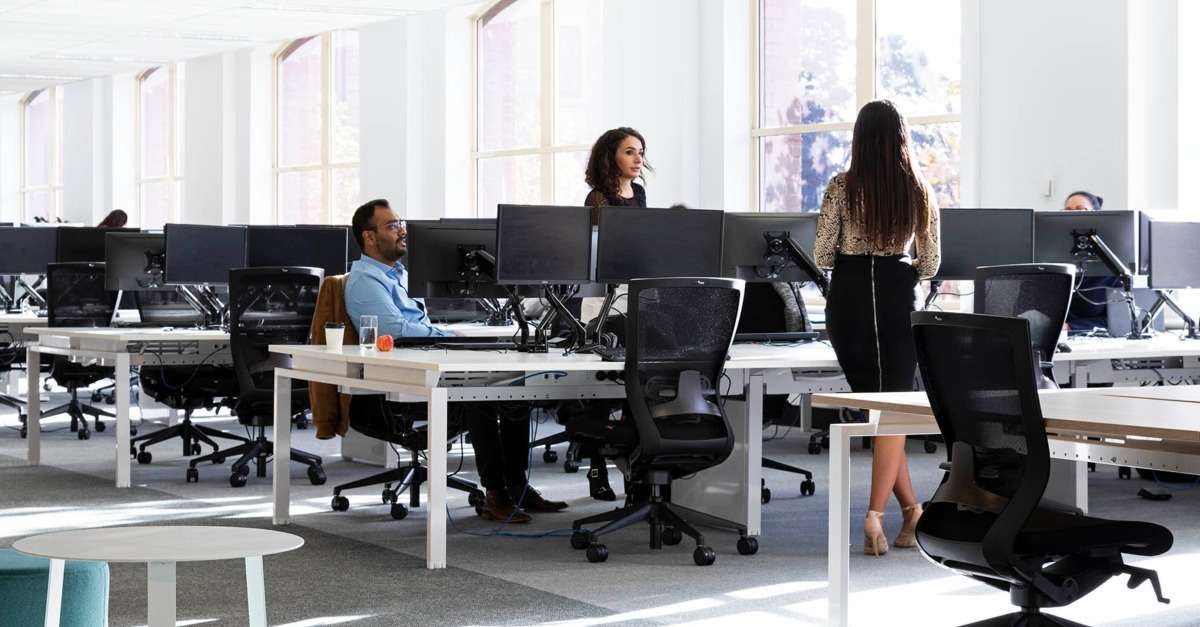
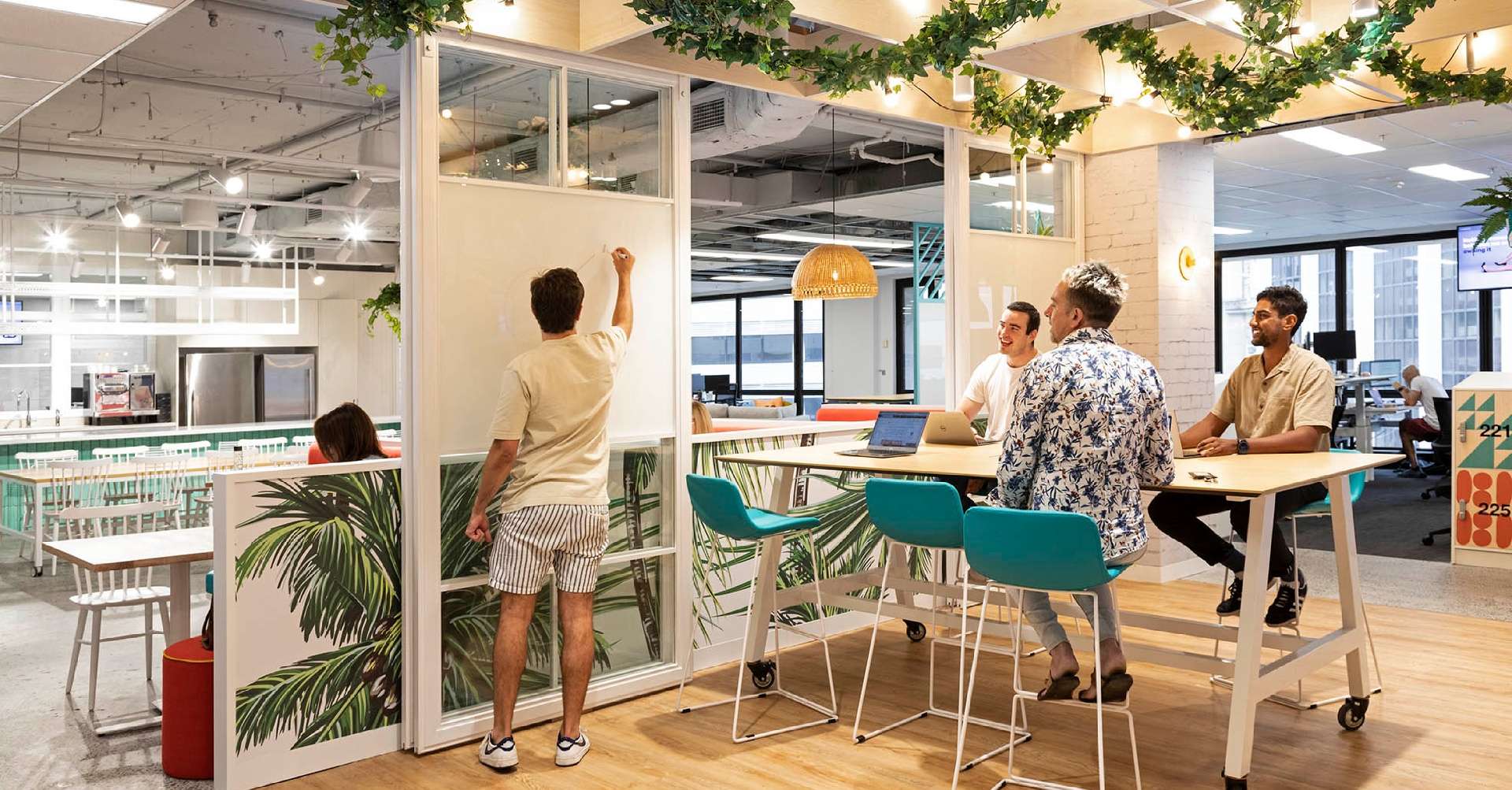
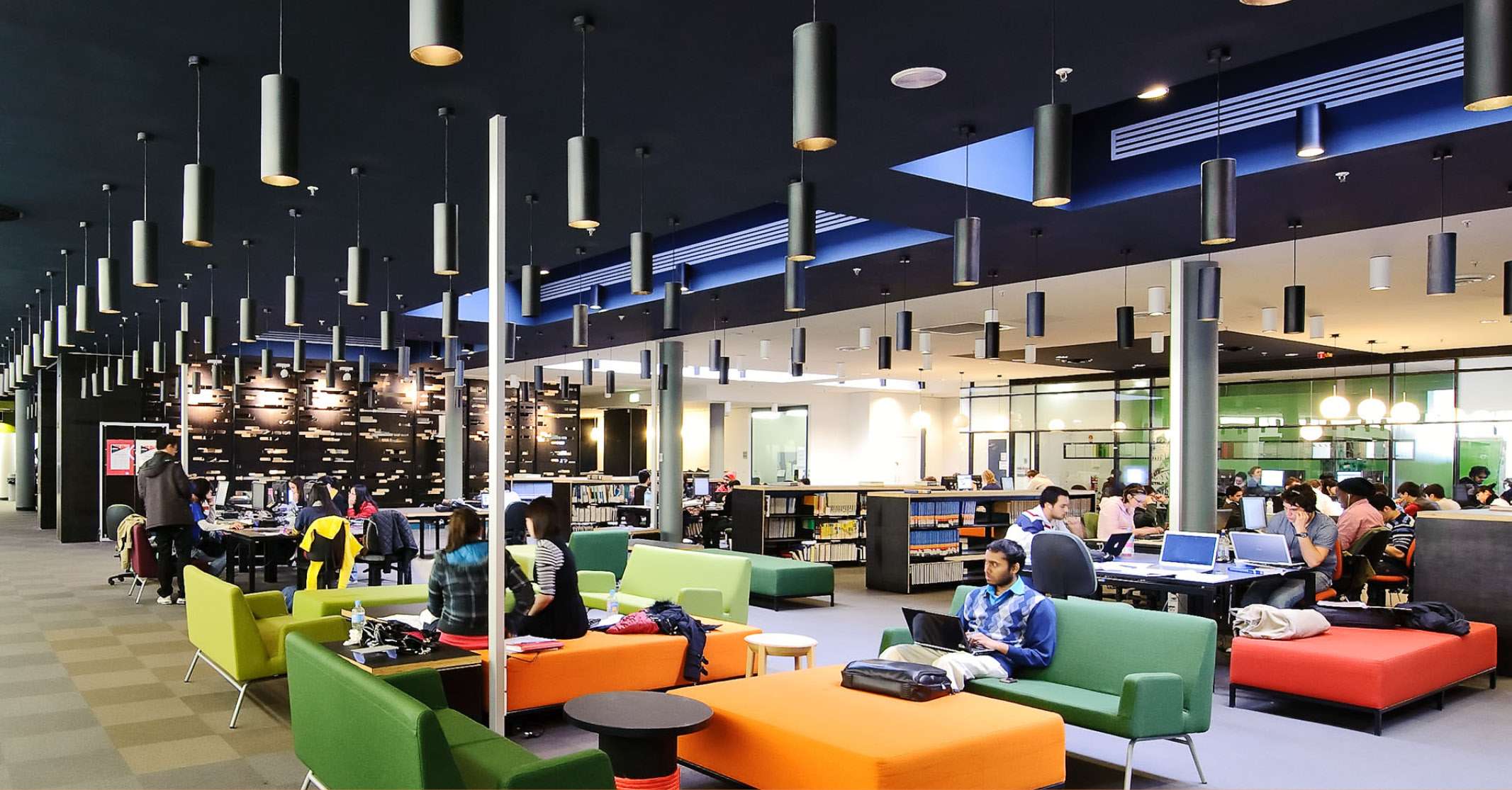
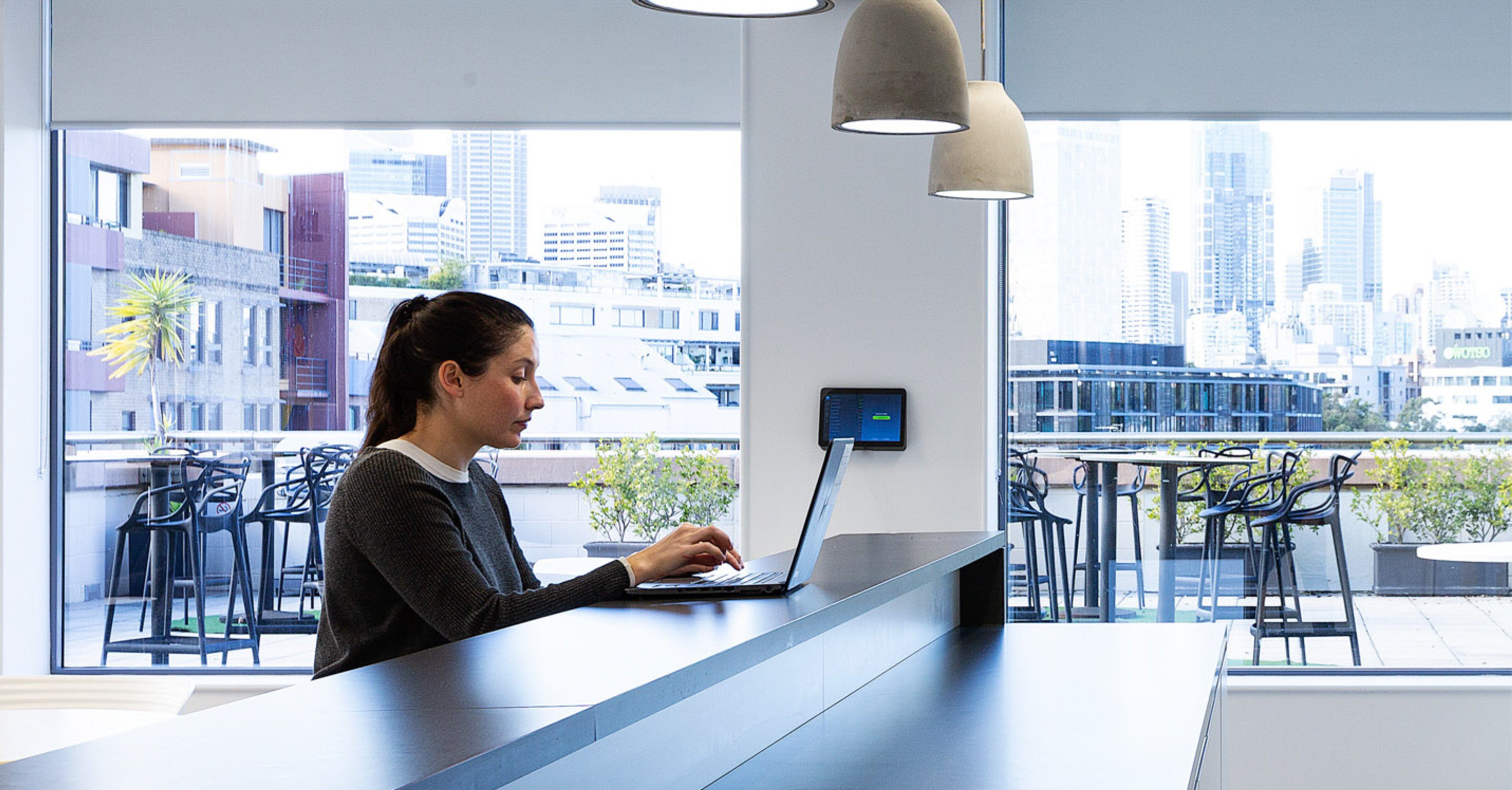

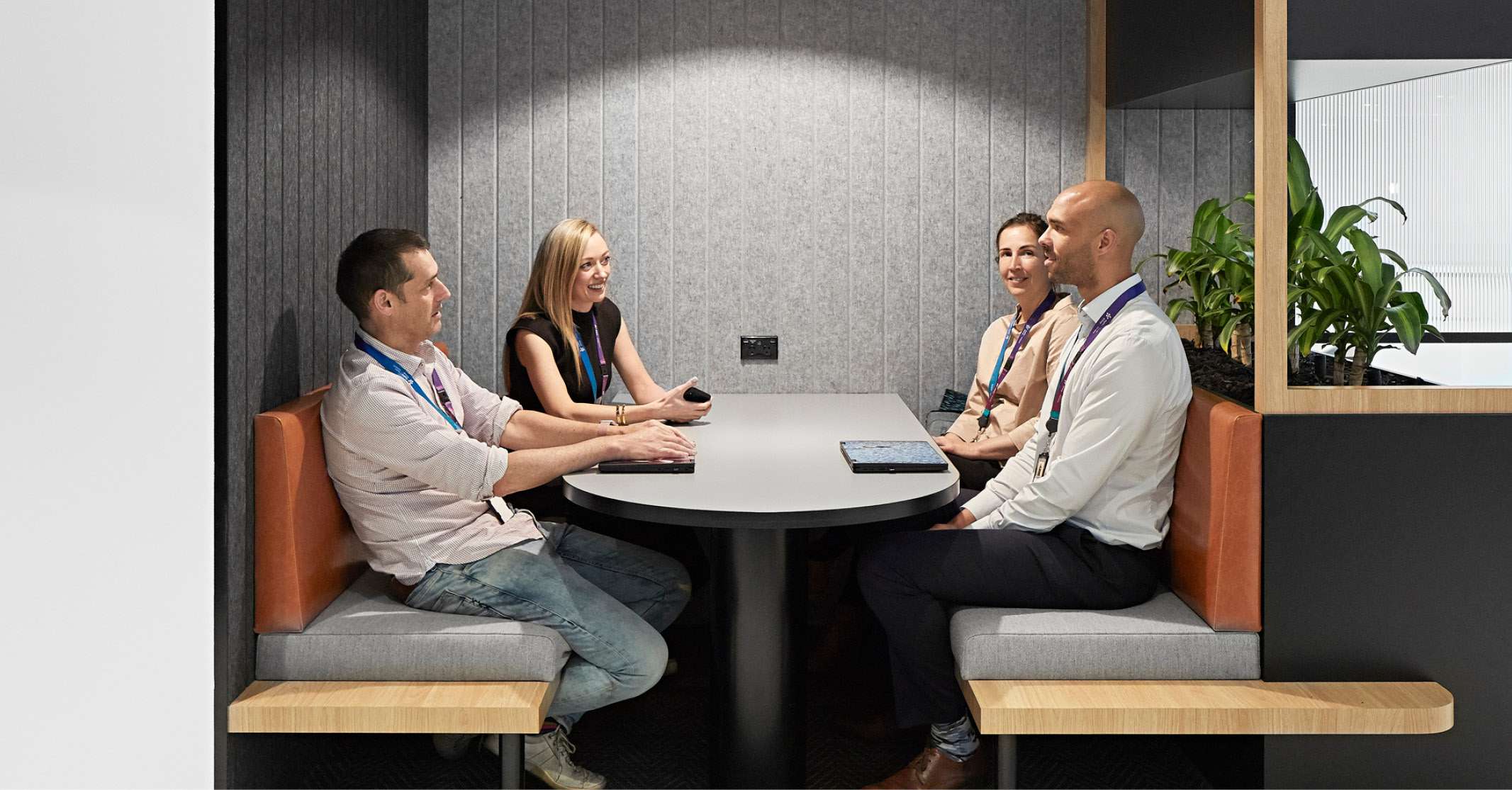
/Sectors/Office/contact-amicus.jpg)